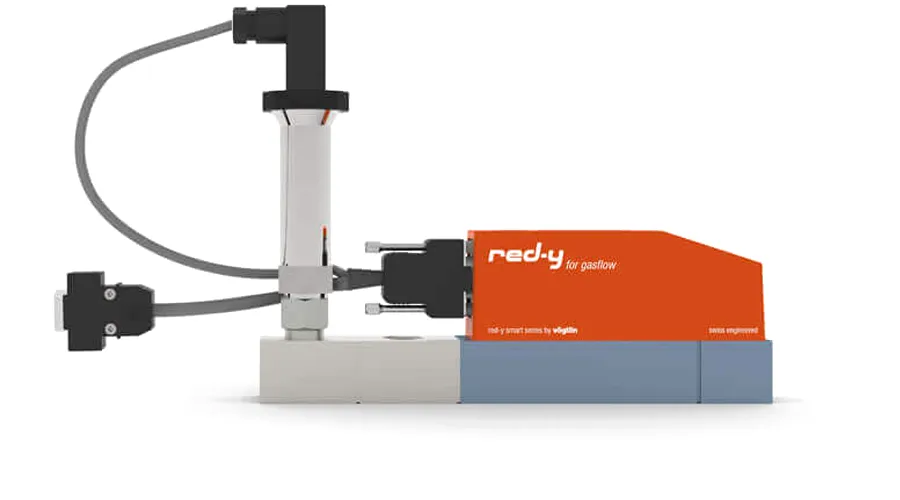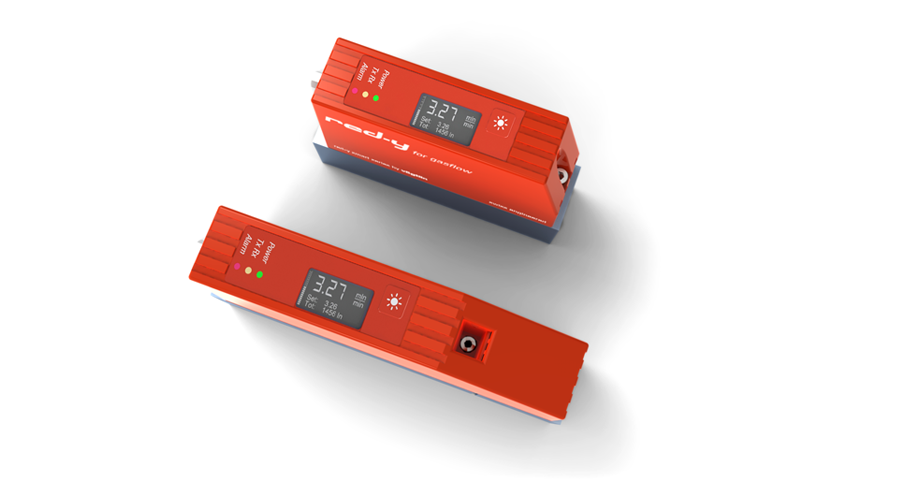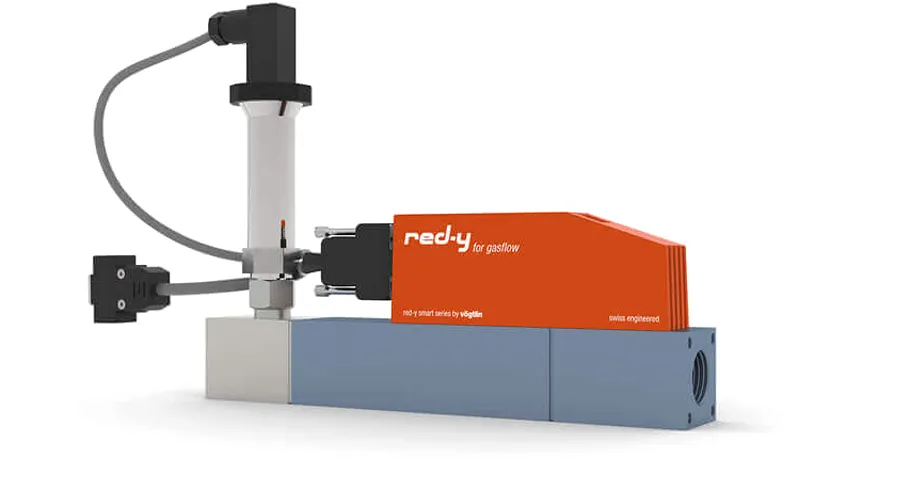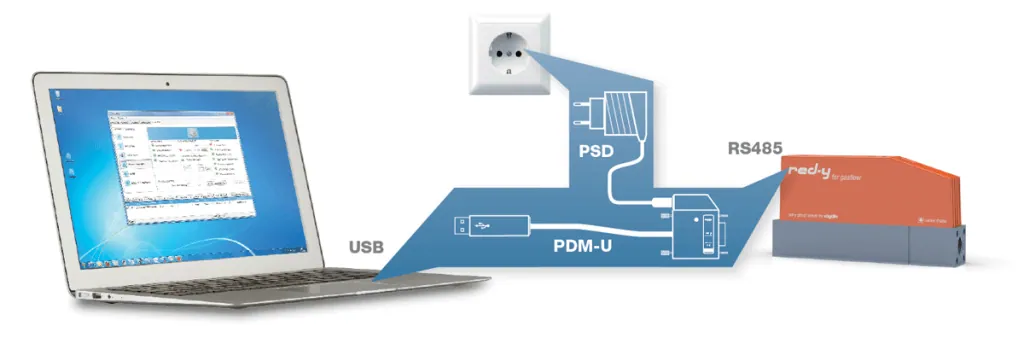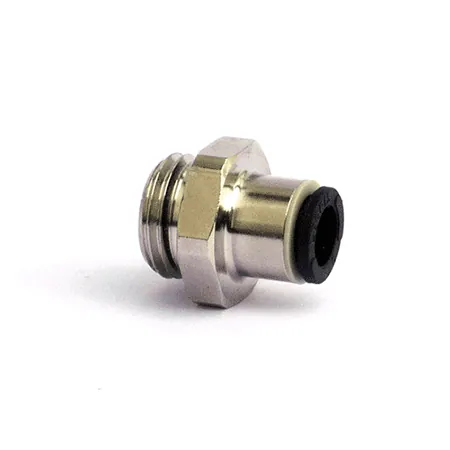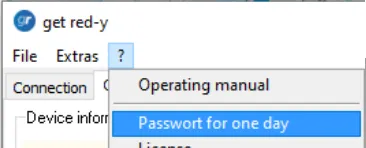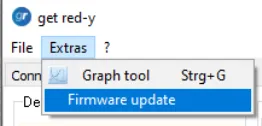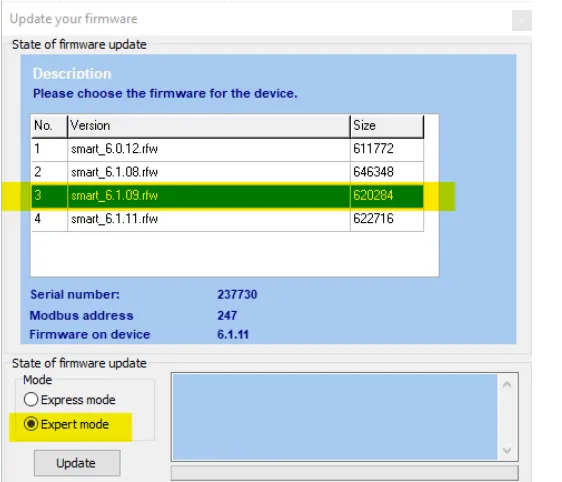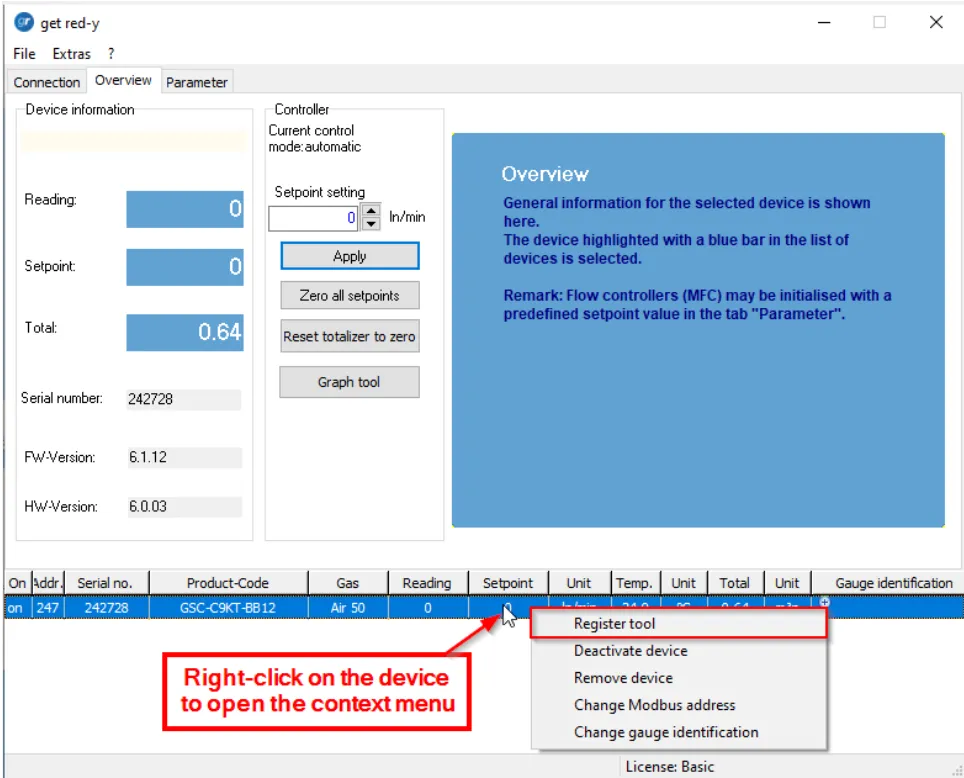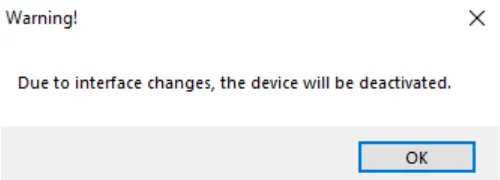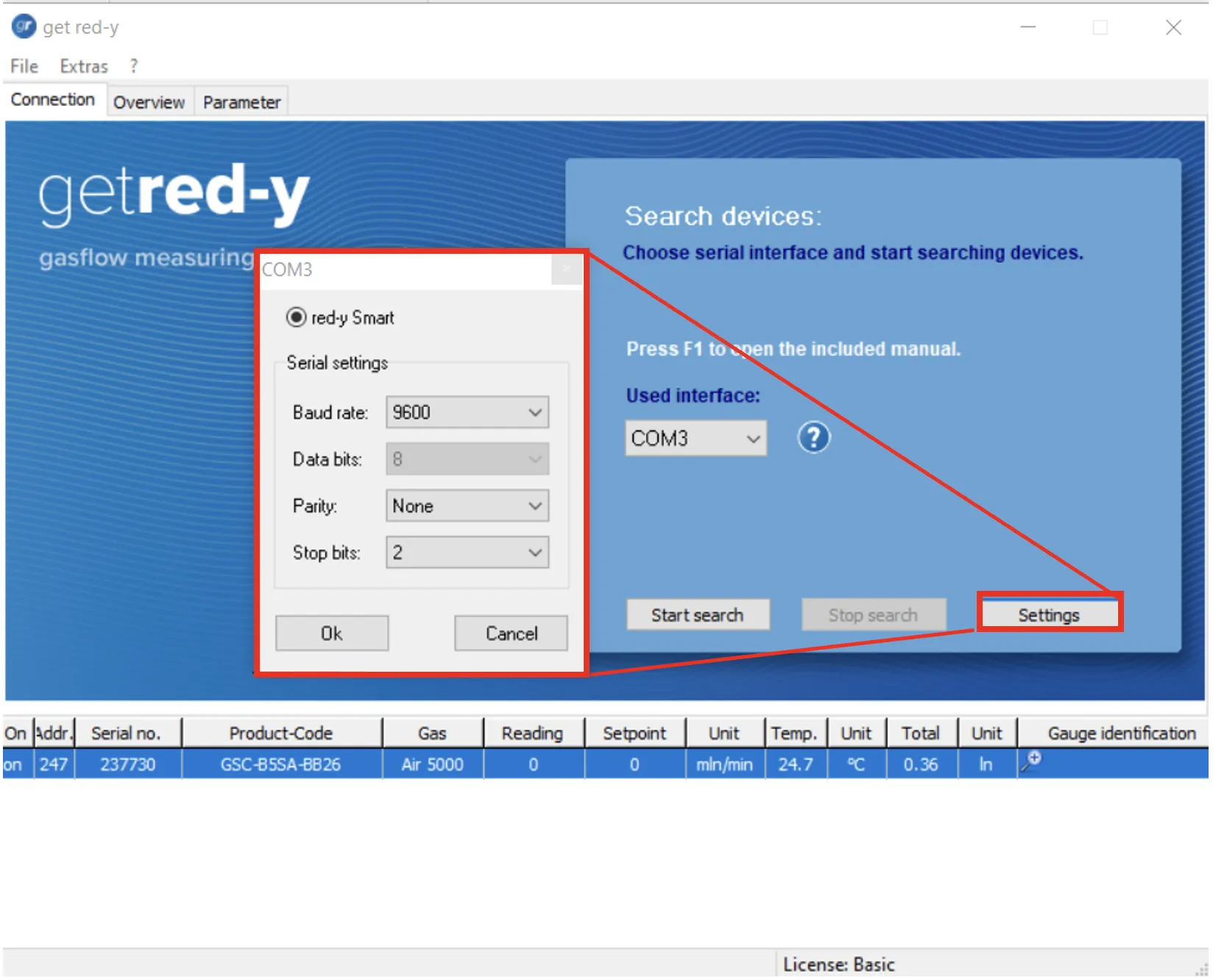| Measuring & control ranges Pressure |
|
| Pressure control |
Absolute, differential or gauge pressure
Standard measuring ranges from 30 mbar up to 10 bar (graded)
Turndown ratio: 1 : 100 |
| Back pressure control |
Absolute, differential or gauge pressure
Standard measuring ranges from 30 mbar up to 10 bar (graded)
Dynamic range depending on the application |
| Measuring ranges flow |
|
| Air/Full scale freely selectable |
Body size ¼” from 0 … 25 mln/min to 0 … 60 ln/min
Body size ½” from 0 … 60 ln/min to 0 … 450 ln/min |
| Turndown ratio & accuracy Flow |
|
| “Standard” |
Accuracy: ± 1.0% of full scale*
Turndown ratio: 1 : 50 |
“Hi-Performance”
(up to 150 ln/min) |
Accuracy: ± 0.3% of full scale + ± 0.5% of reading*
Turndown ratio: 1 : 100 |
|
Pressure controller with external transmitter, special measuring ranges (e.g. 0-20 Pa) & customer-specific solutions on request |
| Performance Data |
|
| Media (real gas calibration) |
Air*, O2*, N2, He, Ar, CO2, H2, CH4, C3H8 (other gases and gas mixtures on request)
*O2 & N2 are calibrated with air |
| Response time Flow Measurement |
± 80ms
depending on device configuration & according to SEMI standard E17-1011, 5-100% of range under optimized conditions |
| Response time Pressure Measurement |
150ms |
| Response time Pressure Control |
Depending on the measuring section |
| Repeatability |
± 0.2% of full scale (according to SEMI standard E56-0309) |
| Longterm stability |
< 1% of measured value / year |
| Power supply |
24 Vdc (18 – 30 Vdc), 15 Vdc on request |
| Current consumption Standard |
Meter: max. 100 mA; Controller: max. 250 mA
(with valve type 8 max. 490mA) |
Current consumption
Profinet RT / EtherCAT |
Meter: max. 125 mA; Controller: max. 340 mA
(with valve type 8 max. 560mA) |
| Temperature (environment/gas) |
0 – 50°C |
| Body Materials |
Anodized aluminium,
optional stainless steel electropolished 1.4305 or 1.4404 |
| Seals |
FKM, EPDM, optional FFKM |
| Pressure |
Vacuum up to 10 bar g |
| Pressure sensitivity |
<0.2% / bar of reading (typical N2) |
| Temperature sensitivity |
0.025% FS measuring range type / °C |
| Warm-up time |
<1 sec. for full accuracy |
| Integration |
|
| Output signals digital |
RS-485; Modbus RTU (Slave); Lab View-VIs available
Option: ProfiBus DP-V0, DP-V1 / Profinet RT / EtherCAT |
| Output signals analog |
0..20 mA, 4..20 mA, 0..5 V, 1..5 V, 0..10 V, 2..10 V |
| Analog setpoints |
Realizable with AD-converter (on request) |
| Process connection |
G¼” (BSPP* female) up to 60 ln/min,
G½” (BSPP* female) up to 450 ln/min
*British Standard Pipe Parallel |
| Inlet section |
None required |
| Electrical connection |
Sub D plug, 9 pole |
| Mounting orientation |
Any position (consult manufacturer above 5 bar or vertical mounting) |
| Safety |
|
| Test pressure |
16 bara |
| Leak rate |
< 1 x 10-6 mbar l/s He |
| Ingress protection class |
IP50 or IP67 |
| EMC |
EN 61326-1 |


